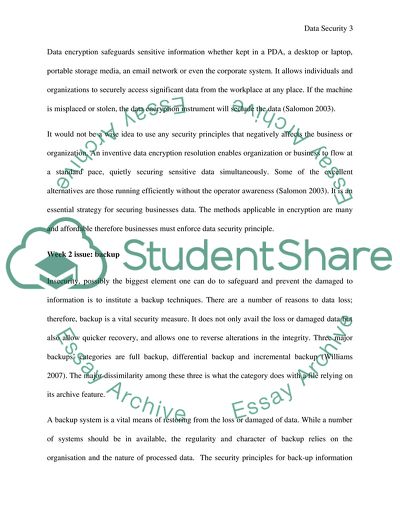Cite this document
(Compilation of Security Data Issues Report Example | Topics and Well Written Essays - 3000 words, n.d.)
Compilation of Security Data Issues Report Example | Topics and Well Written Essays - 3000 words. https://studentshare.org/information-technology/1852588-data-security
Compilation of Security Data Issues Report Example | Topics and Well Written Essays - 3000 words. https://studentshare.org/information-technology/1852588-data-security
(Compilation of Security Data Issues Report Example | Topics and Well Written Essays - 3000 Words)
Compilation of Security Data Issues Report Example | Topics and Well Written Essays - 3000 Words. https://studentshare.org/information-technology/1852588-data-security.
Compilation of Security Data Issues Report Example | Topics and Well Written Essays - 3000 Words. https://studentshare.org/information-technology/1852588-data-security.
“Compilation of Security Data Issues Report Example | Topics and Well Written Essays - 3000 Words”. https://studentshare.org/information-technology/1852588-data-security.


